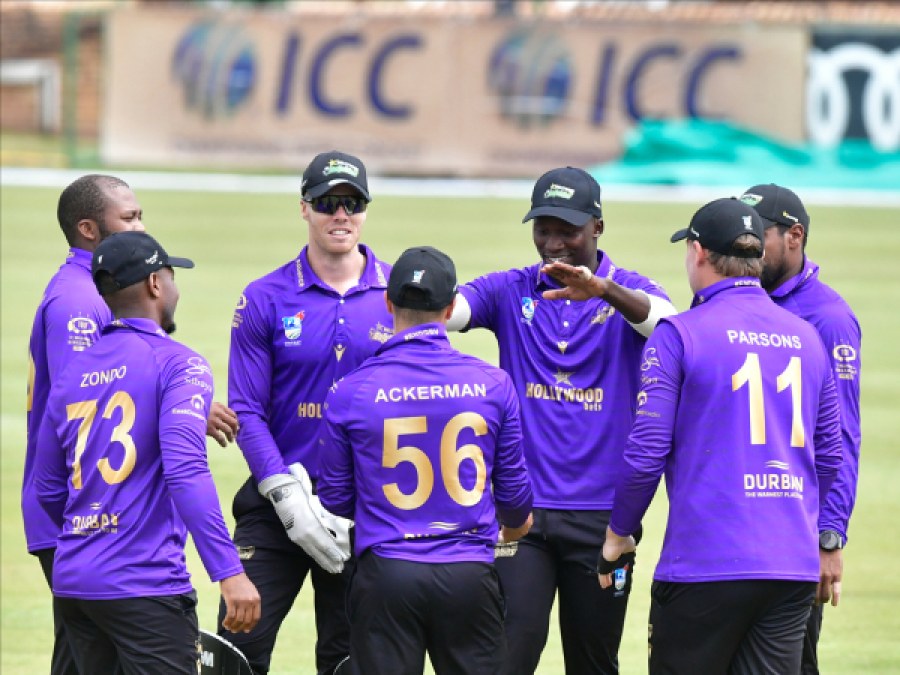
-
Category
-
Submitted By
-
04Apr, 2024
The Hollywoodbets Dolphins are gearing up for a crucial phase in the CSA T20 Challenge, as they face some important matches in the near future. Their path to the later stages of the tournament begins with a thrilling match against the DP World Lions at the DP World Wanderers on Friday.
The Dolphins, currently in fourth place, have an incredible chance to make significant progress in their quest for a home semi-final spot. With a few victories in the upcoming matches, they have the potential to climb up the standings, paving the way for a powerful conclusion to the tournament.
The Dolphins have a busy weekend ahead, with matches lined up for both Friday and Sunday. They are determined to secure consecutive wins and maintain their winning streak. The team's next matches will be against the Lions, a strong opponent they previously triumphed over in an exhilarating match in Durban. They will also face the Auto Investment North West Dragons in Potchefstroom on Sunday.
Assistant coach Mduduzi Mbatha highlighted the team's unwavering dedication to this pivotal stage of the competition. "We are thrilled about this phase and fully grasp the significance of reaching our peak at the perfect moment," Mbatha expressed. "We have pinpointed the crucial areas we need to concentrate on and are on the verge of delivering a flawless performance."
"We have been putting in relentless effort to ensure that every aspect of our game - bowling, batting, and fielding - is performing at its peak," he stated. "The team's remarkable cohesion has undoubtedly played a pivotal role in our triumphant journey thus far, and it will undoubtedly prove to be of utmost importance as we navigate the thrilling climax of the competition."
As the Dolphins gear up for their upcoming matches, they have a chance to secure their spot in the semi-finals. Mbatha, however, stresses the significance of focusing on each game individually. "Our focus is solely on the upcoming challenge, as we prepare to face the Lions at the Wanderers this Friday," he elaborated. "In the fast-paced world of T20 cricket, anything can happen, and it's crucial for us to flawlessly execute our game plan in every single match."
In their recent match against the AET Tuskers, the Dolphins were thrilled to have Tristan Luus join their team. Luus showcased his skills with impressive figures of 2/30 and made a crucial run-out that had a significant impact on the game. Mbatha is thrilled about Luus's immense potential and the valuable impact he brings to the team's overall dynamic.
"We are eagerly anticipating Tristan's development and the unique contributions he will make," Mbatha expressed with enthusiasm. "The way he played against the Tuskers really highlighted his talent, and it's clear that he has a promising future ahead of him."
With the Dolphins preparing for their upcoming fixtures, they have managed to maintain a well-balanced squad that combines the energy of youth with the wisdom of experience. The team's strong unity has played a crucial role in their successful campaign up to this point, and they are determined to maintain this momentum as they head into the playoffs.
The squad of the Hollywoodbets Dolphins is a dynamic blend of experienced players and promising young talents. Some notable names in the team include Ottniel Baartman, Khaya Zondo, Grant Roelofsen, and Andile Phehlukwayo, among others. With a well-rounded roster and a strategic game plan, the Dolphins are poised for an exhilarating finale to the T20 Challenge.
Photo: Gallo
[Submitted by Kevin Rademeyer]
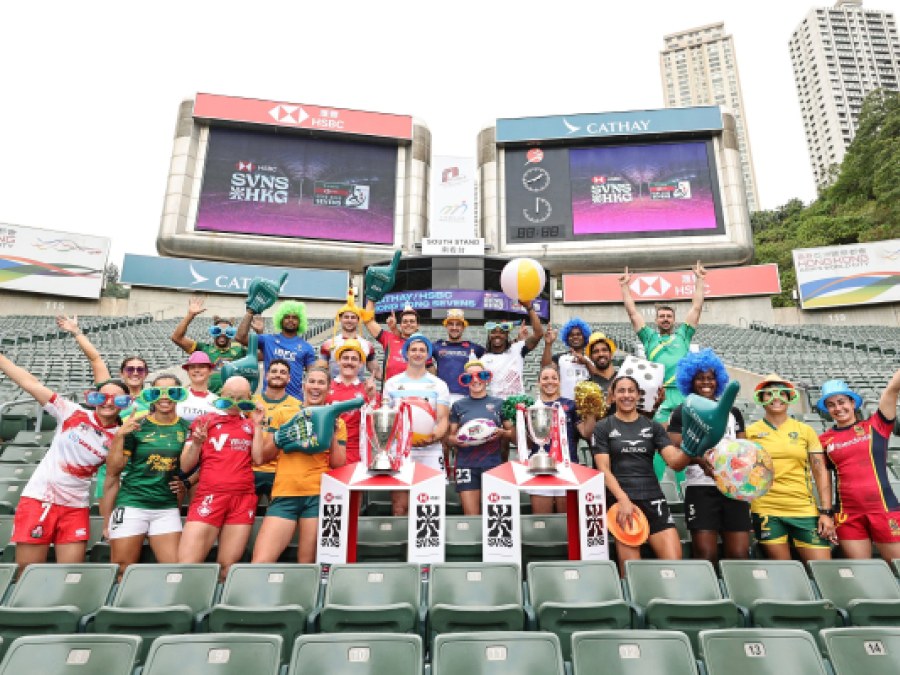
-
Category
-
Submitted By
-
04Apr, 2024
The Cathay/HSBC Hong Kong Sevens, the sixth and penultimate round of the HSBC SVNS 2024, will take place in the electric Hong Kong Stadium and will feature the best men's and women's rugby sevens teams in the world. One hundred and twenty thousand people, anxious to see the exciting action, are predicted to attend this legendary event from April 5th to 7th.
On Wednesday, the captains of the twelve teams taking part in the festival got into the spirit by dressing up for the traditional captains' photo in front of the iconic South stand at the stadium. Everything is getting ready for what should be an exciting and dramatic weekend on and off the pitch.
With a commanding 20-point lead, Argentina is in a position to win the SVNS 2024 League Winners title in the men's competition. On the women's side, things are getting exciting as we move into the last regular season round in Singapore from May 3rd to May 5th, where Australia and New Zealand will be competing for the crown.
Fans will get to see Michael Hooper, Australia's most capped men's test player, play in his seventh test match, even though French superstar Antoine Dupont isn't playing for France this time. Following the previous round in Los Angeles, the pools for the Hong Kong Sevens were chosen by the legendary sevens player Waisale Serevi of Fiji, ensuring that some intriguing pairings would be formed. In Men's Pool A, you'll find Australia, Canada, Fiji, and France, all of which have won the Olympics twice. The current leaders of the SVNS, Argentina, are in Pool B with the USA, Great Britain, and defending champions of the SVNS, New Zealand. South Africa, Samoa, Ireland, and Spain make up Pool C.
[Submitted by Kevin Rademeyer]
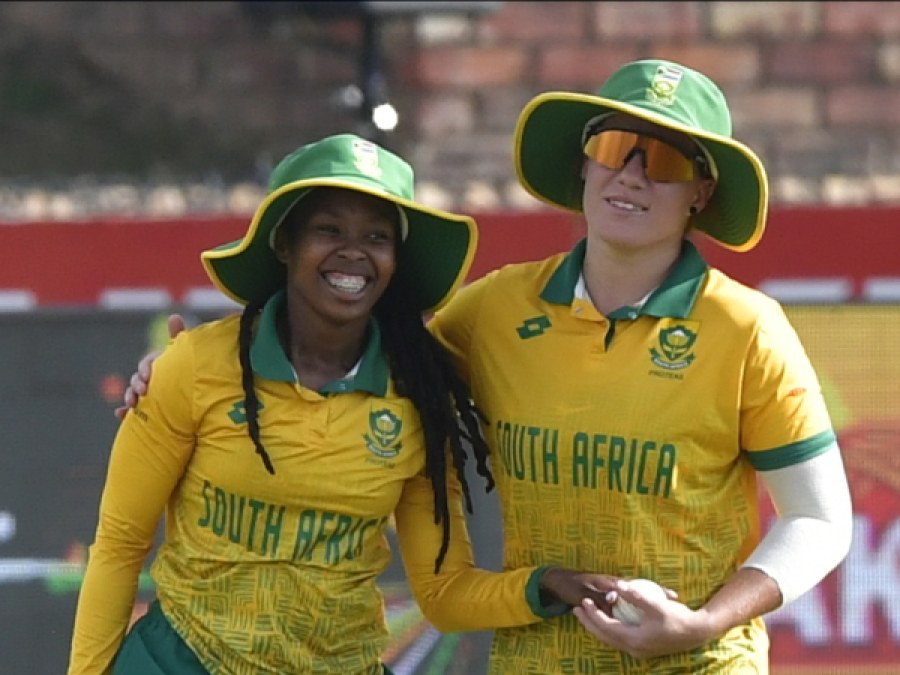
-
Category
-
Submitted By
-
04Apr, 2024
The Proteas Women's team is gearing up for the T20 International (T20I) series finale against Sri Lanka in East London, with seamer Tumi Sekhukhune emphasizing the team's determination to secure a convincing series win in spin-friendly conditions. With one win each for South Africa and Sri Lanka in the first two games, all eyes are on the final showdown scheduled for Wednesday, April 3, at the Buffalo Park Stadium starting at 18h00.
Speaking at the pre-match press conference, Sekhukhune highlighted the team's goals in T20I cricket, especially with the 2024 ICC Women’s T20 World Cup approaching. "We need to get that momentum going. We need to clean the series and get 3-0," she said, emphasizing the importance of adapting to subcontinental conditions.
In the second T20I in Potchefstroom, the Proteas Women got off to a strong start thanks to Anneke Bosch's half-century, but Sri Lanka fought back to restrict South Africa to 137/8. Sekhukhune stressed the need for the middle-order batters to capitalize on such strong starts and aim for scores above 180 consistently.
Despite facing challenges with injuries and limited game time, Sekhukhune expressed her eagerness to earn a spot in the upcoming World Cup squad, highlighting her commitment to continuous learning and growth in the game.
The series finale promises to be a thrilling encounter as both teams vie for supremacy. Fans can expect an exciting display of cricket as the Proteas Women aim to clinch the series victory.
[Submitted by Kevin Rademeyer]
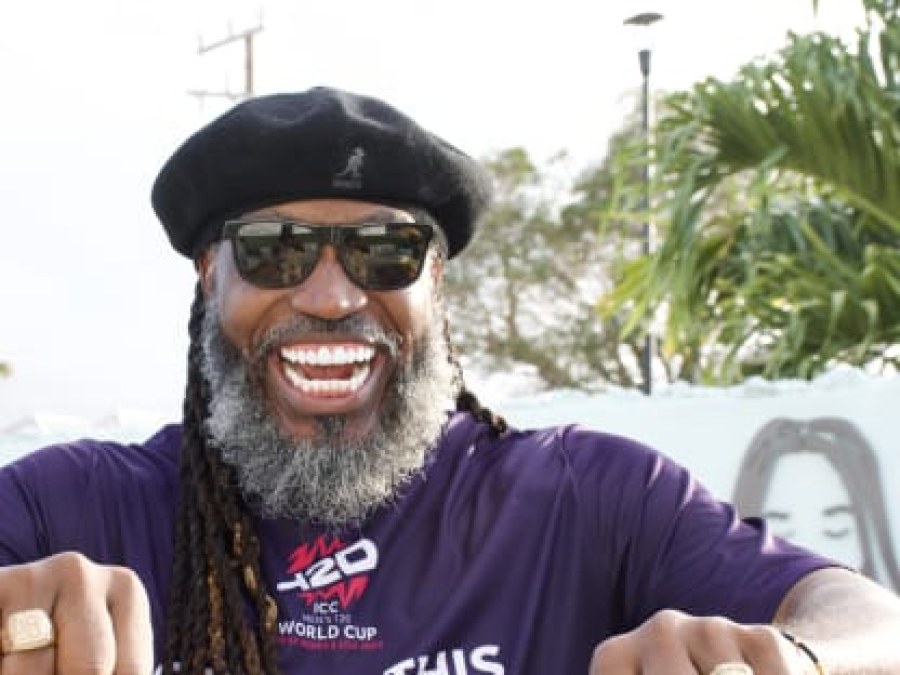
-
Category
-
Submitted By
-
04Apr, 2024
With only 60 days left until the ICC Men's T20 World Cup 2024, cricket fans have every reason to be excited. The organisers have just revealed that a new batch of limited tickets is now available for the cricket extravaganza. Fans can now get their hands on tickets for some thrilling matches, including the much-awaited showdowns between India and Ireland, as well as USA and India. Mark your calendars! Get ready to secure your tickets for the highly anticipated event on Thursday, April 4, at 10 a.m. ET. The tickets will be up for grabs exclusively on t20worldcup.com. Don't miss out on this exciting opportunity!
A mesmerising timelapse video has been revealed to celebrate this significant achievement, showcasing the incredible development of the Nassau County International Cricket Stadium. Located in the heart of New York, this cutting-edge stadium with a seating capacity of 34,000 will play host to eight exhilarating matches of the ICC Men's T20 World Cup 2024.
The demand for tickets has been skyrocketing, showcasing the incredible level of excitement surrounding the World Cup. Exciting news for cricket enthusiasts! Limited tickets are now available for six thrilling matches at the Nassau County International Cricket Stadium. Make sure to secure your spot at the tournament and witness the highly-anticipated clashes between Ireland and India on June 5, as well as USA and India on June 12. Exciting news for cricket fans! Get ready to witness some thrilling matches at the Grand Prairie Cricket Stadium in Texas. Limited tickets will be available for all four matches, starting with the highly anticipated opening match between the USA and Canada on June 1. Don't miss out on this opportunity to experience the excitement and passion of cricket live!
For those seeking a truly exceptional experience, there are still hospitality opportunities up for grabs for all matches at the Nassau County International Cricket Stadium, including the electrifying showdown between India and Pakistan. For more information, head over to tickets.t20worldcup.com or reach out to @ via email.
The development of the Nassau County International Cricket Stadium in Eisenhower Park, New York, is making impressive strides. The construction of the modular framework for the East Stand is making significant progress, with completion just around the corner. Meanwhile, the West Stand is right on schedule and expected to be finished within the next two weeks. The capacity of these stands is more than enough to accommodate over 24,000 enthusiastic fans. In exciting news, the premium hospitality and media pavilions, as well as the outfield and pitch block, are nearing completion.
The buzz surrounding the ICC Men's T20 World Cup has been electric, with recent standout moments including the grand launch of the Trophy Tour at the legendary Empire State Building in New York. In a ceremony filled with New York-inspired flair, the Trophy also made a stop at the Nassau County venue. The event was graced by the presence of two-time T20 World Cup champion Chris Gayle and USA player Ali Khan.
Chris Tetley, the ICC Head of Events, expressed his excitement about the development of the Nassau County International Cricket Stadium. He mentioned that the construction of a fully modular stadium in Nassau County is a groundbreaking achievement for international cricket. Tetley further added that they are pleased to see the construction progressing according to schedule. The sheer magnitude of the venue showcased in the latest timelapse is truly awe-inspiring, making a visit to the stadium an absolute must for any enthusiast.
In just two short months of construction in Nassau County, an incredible feat has been achieved, according to Brett Jones, CEO of T20 USA, Inc. With just 60 days left, we are eagerly anticipating the arrival of cricket enthusiasts from around the globe to this groundbreaking international cricket venue.
Be sure to head over to tickets.t20worldcup.com to secure your seats and be a part of the action at the ICC Men's T20 World Cup 2024. Don't miss out on the chance to witness cricket history in the making!
[Submitted by Kevin Rademeyer]
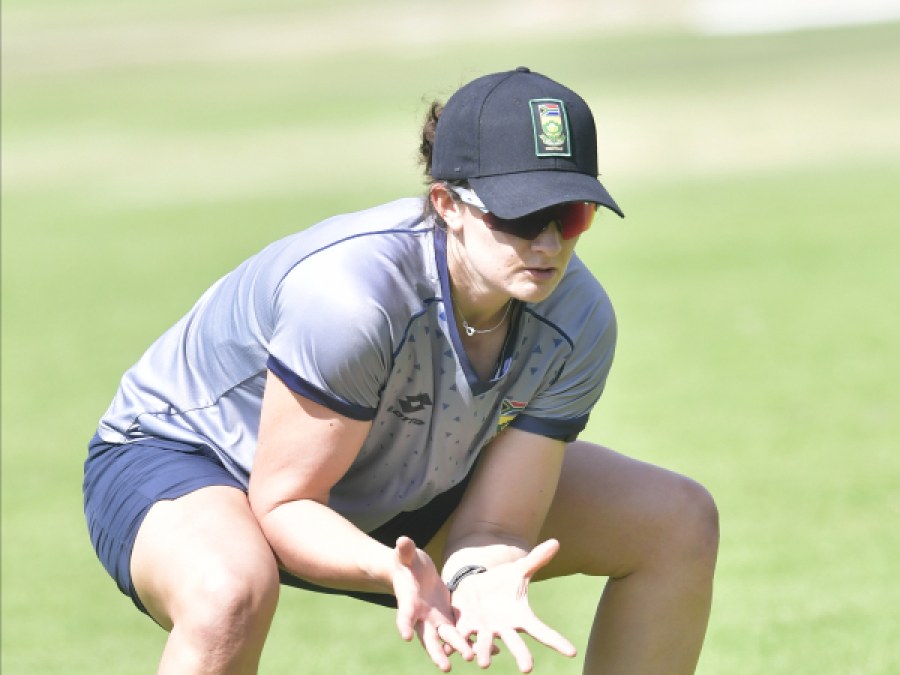
-
Category
-
Submitted By
-
28Mar, 2024
Benoni: As the stage is set for an electrifying T20 International (T20I) series against Sri Lanka, Proteas Women's captain Laura Wolvaardt has laid out her team's ambitions for the upcoming three-match contest, scheduled to thrill fans in Benoni, Potchefstroom, and East London from March 27 to April 3.
The action kicks off on Wednesday, March 27 at Willowmoore Park in Benoni, with the match airing live on SuperSport Grandstand (Channel 201) at 18h00 SAST. Fans can grab tickets either at the stadium or online via TicketPro starting from R40.
Speaking at a press conference ahead of the series opener, Wolvaardt emphasized the importance of these T20Is in the lead-up to the 2024 ICC Women’s T20 World Cup in Bangladesh. She remarked, “We don't have much cricket left as a group before the World Cup, so these three T20Is are very important to try different combinations and to finalize the starting XI that we'd like to have for the World Cup.”
Despite South Africa's impressive track record against Sri Lanka in T20Is, with 10 wins out of 14 matches, the Proteas faced a narrow three-run defeat the last time these two teams met in the T20 World Cup in February 2023. Acknowledging Sri Lanka's recent form, Wolvaardt commented, “It’s not a series that we're taking lightly at all. Sri Lanka has been very good in the past couple of months, beating England as well in the T20I series, so we're going to be looking to start strong on the front foot.”
After a challenging series in Australia, Wolvaardt is optimistic about her form, having rediscovered her rhythm during the Women’s Premier League (WPL) in India earlier this month. She shared, “I didn't have my best series in Australia, especially in the ODIs and the Test match, but I was able to have one or two good knocks in the WPL, so I was very grateful to get a few games over there and just to have fun and enjoy the experience.”
Looking ahead to the series, Wolvaardt expressed excitement about former captain Suné Luus potentially breaking the T20I caps record for Proteas Women. She noted, “She's been a part of the side for probably as long as anyone can remember and has been performing well with the bat lately. Having captained the side in the past, having that experience and having that many T20Is, helps a lot.”
The upcoming T20I series promises to be a thrilling spectacle as both teams prepare to showcase their skills and stake their claim in the lead-up to the highly anticipated 2024 ICC Women’s T20 World Cup.
Proteas Women Squad (T20I Only) - Inbound Tour against Sri Lanka
Laura Wolvaardt (Fidelity Titans, Captain), Anneke Bosch (Fidelity Titans), Tazmin Brits (Six Gun Grill Garden Route Badgers), Nadine de Klerk (World Sports Betting Western Province), Annerie Dercksen (Six Gun Grill Garden Route Badgers), Sinalo Jafta (DP World Lions), Marizanne Kapp (World Sports Betting Western Province), Ayabonga Khaka (DP World Lions), Masabata Klaas (Fidelity Titans), Suné Luus (Fidelity Titans), Eliz-Mari Marx (Fidelity Titans), Karabo Meso* (DP World Lions), Nonkululeko Mlaba (Hollywoodbets Dolphins), Tumi Sekhukhune (DP World Lions), Chloé Tryon (DP World Lions)
Fixtures - South Africa Inbound Tour vs Sri Lanka 2023/24
T20 International Series:
Wednesday, 27 March @ 18h00: 1st T20I - South Africa vs Sri Lanka (Willowmoore Park, Benoni)
Saturday, 30 March @ 14h00: 2nd T20I - South Africa vs Sri Lanka (JB Marks Oval, Potchefstroom)
Wednesday, 03 April @ 18h00: 3rd T20I - South Africa vs Sri Lanka (Buffalo Park, East London)
50-over Warm-Up Match:
Saturday, 06 April @ 10h00: South Africa XI vs Sri Lanka XI (Buffalo Park, East London)
One-Day International Series - ICC Women’s Championship:
Tuesday, 09 April @ 14h00: 1st ODI - South Africa vs Sri Lanka (Buffalo Park, East London)
Saturday, 13 April @ 14h00: 2nd ODI - South Africa vs Sri Lanka (Diamond Oval, Kimberley)
Wednesday, 17 April @ 14h00: 3rd ODI - South Africa vs Sri Lanka (JB Marks Oval, Potchefstroom)
Photo: Gallo
[Submitted by Kevin Rademeyer]
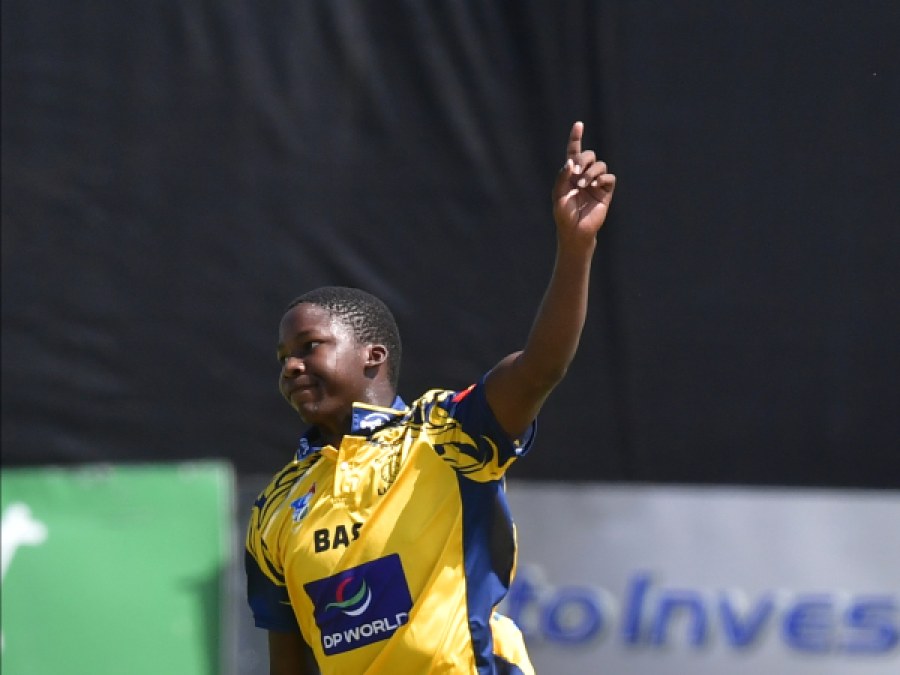
-
Category
-
Submitted By
-
28Mar, 2024
25 March 2024 - Lions Cricket is buzzing with excitement as 17-year-old matriculant Kwena Maphaka joins the Mumbai Indians for this year's Indian Premier League. This marks the third Pride member from Lions Cricket to join the IPL this season, showcasing the talent nurtured within the Lions Cricket ranks.
President of Lions Cricket, Dr. Mohammed Moosajee, is proud to see Maphaka join the ranks of the Mumbai Indians, with the esteemed Dr. Moosajee himself serving as the official team doctor for the Rajasthan Royals.
Adding to the pride is #ThePrideOfJoburg's KG Rabada, who, after a stellar performance in the CSA T20 Challenge, has been signed by the Punjab Kings. Rabada's consistency and skill have made him a standout player, representing Lions Cricket on the international stage.
Russell Domingo, the Head Coach of DP World Lions, expressed his excitement for Maphaka's opportunity, highlighting the youngster's talent and work ethic. Domingo praised Maphaka's contribution to the team, especially his ability to take crucial wickets early in the game and perform under pressure.
Allan Donald, the Bowling Coach of DP World Lions, echoed Domingo's sentiments, stating that Maphaka is a rare talent with a bright future ahead. Donald compared Maphaka to Rabada, noting their shared determination and confidence in their abilities.
Maphaka's journey from the local schooling system to the IPL is a testament to his hard work and dedication, as well as the support of the coaching staff at Lions Cricket. His inclusion in the Mumbai Indians squad is not only a milestone in his career but also a source of pride for Lions Cricket and South African cricket as a whole.
As Maphaka embarks on this exciting chapter, Lions Cricket wishes him the very best and looks forward to seeing him shine on the international stage.
[Submitted by Kevin Rademeyer]
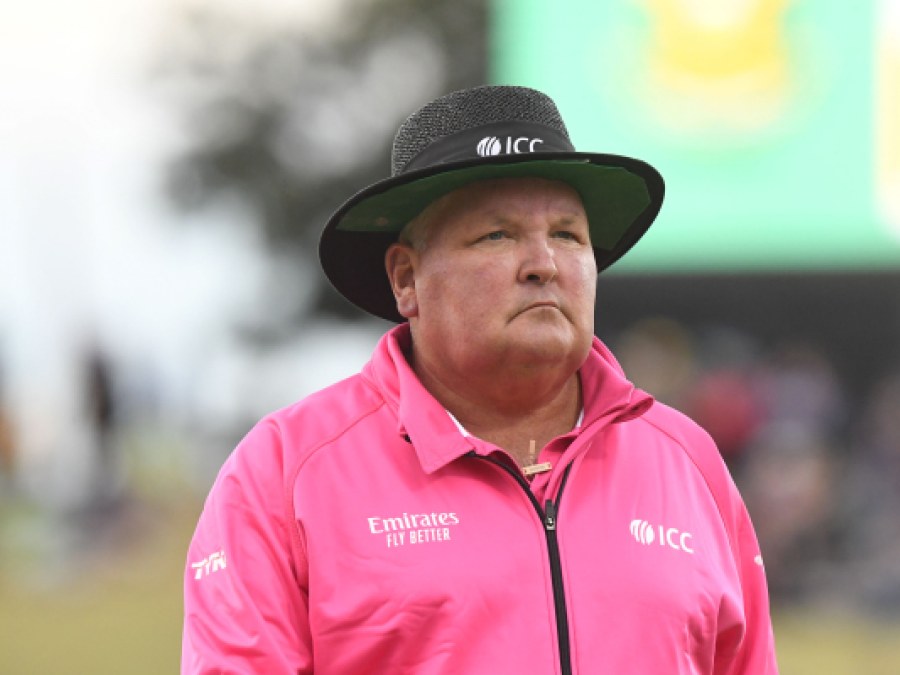
-
Category
-
Submitted By
-
12Mar, 2024
Marais Erasmus, a seasoned umpire, has had an illustrious career spanning 18 years at the highest echelons of the game, earning admiration from Cricket South Africa (CSA). Erasmus recently concluded his incredible journey with his final appearance in the second Test between New Zealand and Australia in Christchurch.
Having made his international debut in 2006, the seasoned official has overseen a remarkable 82 Tests, 124 Men's One-Day Internationals, and 43 Men's and 18 Women’s T20 Internationals. He has experience covering major events such as the 2019 ICC Men’s Cricket World Cup final at Lord’s and the 2021 and 2022 ICC T20 Men’s World Cup finals in Dubai and Melbourne.
Erasmus has been recognized as the ICC Umpire of the Year three times, showcasing his outstanding skill and dedication to fair play.
CSA is currently in talks with Erasmus to potentially leverage his extensive experience for the betterment of the cricketing community moving forward, in light of his remarkable accomplishments.
Looking back on his retirement, Erasmus said, "It's been an incredible journey, and I never imagined it would span 18 years." When focused on your work, thoughts about contributions to officiating only arise upon reflection after completion. Hoping for success to inspire many South Africans to pursue umpiring. Being in this role is incredibly rewarding!
Erasmus also thanked his family for their constant support throughout his career, recognizing their understanding and encouragement during long periods away from home.
"My family has been incredibly supportive, with my wife Adéle being a source of strength, and my sons Chris and Geo developing into outstanding young men." Despite facing several challenges over the years because of being away from home, they stayed strong and optimistic.
The CSA Chief Executive Officer expressed gratitude to Erasmus for his valuable contribution to cricket, highlighting Marais' exceptional umpiring skills and unique perspective gained from his experience as a player. He is highly respected and has an unmatched connection with today's players.
"He has not only been a guardian of fair umpiring but has also played a crucial role in enhancing the spirit of cricket, and on behalf of CSA, I extend my heartfelt gratitude for his invaluable contributions to the game."
CSA is dedicated to promoting excellence in officiating and is excited about the ongoing development of cricket with the leadership of experienced individuals such as Marais Erasmus.
PHOTO: GALLO
[Submitted by Kevin Rademeyer]

-
Category
-
Submitted By
-
12Mar, 2024
12 March 2024- In response to recent reports surrounding an incident involving artist Emtee, Kabelo, and other local artists at a store named Mike’s Heritage House, Mike's Kitchen wishes to clarify its position. The store in question is not affiliated with Mike’s Kitchen, nor is it owned or operated by the renowned restaurant chain.
"We strongly condemn any form of racism, discrimination, or prejudice at any establishment, including the recent incident reported at Mike’s Heritage House," stated a spokesperson for Mike's Kitchen. "Racism has no place in our society, and we stand firmly against it."
It has also come to light that Mike's Kitchen is currently involved in litigation with Mike’s Heritage House for various reasons, including the unauthorized use of a name, look, and feel closely resembling that of Mike’s Kitchen. While this legal matter is ongoing, Mike's Kitchen apologizes for any misunderstanding it may have caused and reaffirms its dedication to diversity and tolerance.
"While we had no control over activities at Mike’s Heritage House and do not have all the facts, we recognize the necessity of continuing to address issues of racism and prejudice," the spokesperson added.
Moving forward, Mike's Kitchen is committed to making its establishments even more welcoming and considerate to all visitors. The restaurant chain aims to learn from the experiences of others and is taking proactive initiatives to ensure that all customers feel valued and respected at Mike's Kitchen, a truly South African brand.
The incident serves as a reminder of the importance of upholding values of inclusivity, respect, and equality for all individuals, and Mike's Kitchen remains steadfast in its commitment to these principles.
[Submitted by Kevin Rademeyer]

-
Category
-
Submitted By
-
11Mar, 2024
The Cricket South Africa (CSA) T20 Challenge kicked off with a bang as the Western Province, Titans, Lions, and Warriors delivered stellar performances, captivating fans with their thrilling victories.
In a nail-biting match at Boland Park, Momentum Multiply Titans, led by the seasoned Aaron Phangiso, secured their second win in a row by defeating Gbets Rocks by four wickets. Phangiso's all-round brilliance, with a crucial 25 off just 9 balls and a miserly 1/16 with the ball, proved decisive in the Titans' triumph.
Meanwhile, at World Sports Betting Newlands Cricket Ground, Western Province cruised to a seven-wicket victory over AET Tuskers. Jonathan Bird's explosive unbeaten 61 off 33 balls stole the show, guiding his team to a comfortable win with 45 balls to spare.
In another thrilling encounter, Dafabet Warriors dominated Hollywoodbets Dolphins, clinching victory by seven wickets at Hollywoodbets Kingsmead Stadium. Jiveshan Pillay and Matthew Breetzke's solid performances with the bat ensured a smooth victory for the Warriors.
Lastly, at Potchefstroom, DP World Lions emerged victorious against Auto Investments North West Dragons, securing a nine-wicket win with a stellar performance from Reeza Hendricks. Hendricks' destructive 57* off 30 balls, coupled with a strong bowling display from Junaid Dawood and others, sealed the Lions' victory.
The CSA T20 Challenge has set the stage for an exciting season of cricket, with these four teams showcasing their talent and determination. As the tournament progresses, fans can expect more thrilling encounters and standout performances from these top teams.
[Submitted by Kevin Rademeyer]

-
Category
-
Submitted By
-
11Mar, 2024
South Africa – 11 March 2024 – Brace yourselves, music lovers, for a night of epic proportions as Big Concerts proudly presents Calabash South Africa 2025! This year's lineup is nothing short of legendary, featuring the debut of Green Day in South Africa, alongside punk rock icons The Offspring and local heroes Fokofpolisiekar. Get ready to rock out like never before at this historic event, powered by 947 and KFM 94.5.
Following the immense success of Calabash South Africa 2024, which set the bar sky-high for music festivals, the 2025 edition promises to be bigger, bolder, and even more unforgettable. Prepare to be swept away by the electrifying atmosphere and the pulsating beats of some of the greatest bands in rock 'n' roll history.
Green Day: Punk Rock Royalty
Leading the charge is Green Day, a band that needs no introduction. With a career spanning three decades and countless hits under their belt, Green Day is set to deliver a show-stopping performance. From anthems like "Basket Case" to "American Idiot," their set promises to be a rollercoaster ride of high-energy music that will leave you wanting more.
The Offspring: Punk Rock Pioneers
Joining Green Day on stage are punk rock legends The Offspring. With their infectious energy and iconic hits like "Self Esteem" and "Pretty Fly (for a White Guy)," The Offspring are sure to get the crowd on their feet and singing along. Prepare to be transported back to the golden era of punk rock as The Offspring takes you on a musical journey like no other.
Fokofpolisiekar: Local Heroes
Adding a local flavor to the international lineup is Fokofpolisiekar, one of South Africa's most beloved rock bands. Known for their unique blend of punk and alternative rock, Fokofpolisiekar is sure to win over the crowd with their electrifying performance. Don't miss this chance to see one of South Africa's most iconic bands in action.
Enhance Your Experience with Exclusive Packages
For those looking to elevate their concert experience, Calabash South Africa 2025 offers a range of exclusive packages:
Calabash Hot Seat Package: Includes the best in-house reserved seat near the stage, limited-edition merchandise, VIP check-in, and more.
Calabash Early Entry Package: Provides early access to the front zone standing area, VIP check-in, limited-edition merchandise, and more.
Calabash Lounge (Cape Town): Offers prime position viewing lounge tickets, private bar and food vendors, private ablution facilities, and more.
Stadium Management Lounge (Johannesburg): Features prime position viewing lounge tickets, complimentary buffet meals and premium bar, private ablution facilities, parking, and more.
For complete tour and ticket information, visit www.calabashsouthafrica.co.za or follow Calabash South Africa on social media for the latest updates.
Get ready to rock and roll at Calabash South Africa 2025, where music meets magic in the heart of South Africa!
[Submitted by Kevin Rademeyer]


















